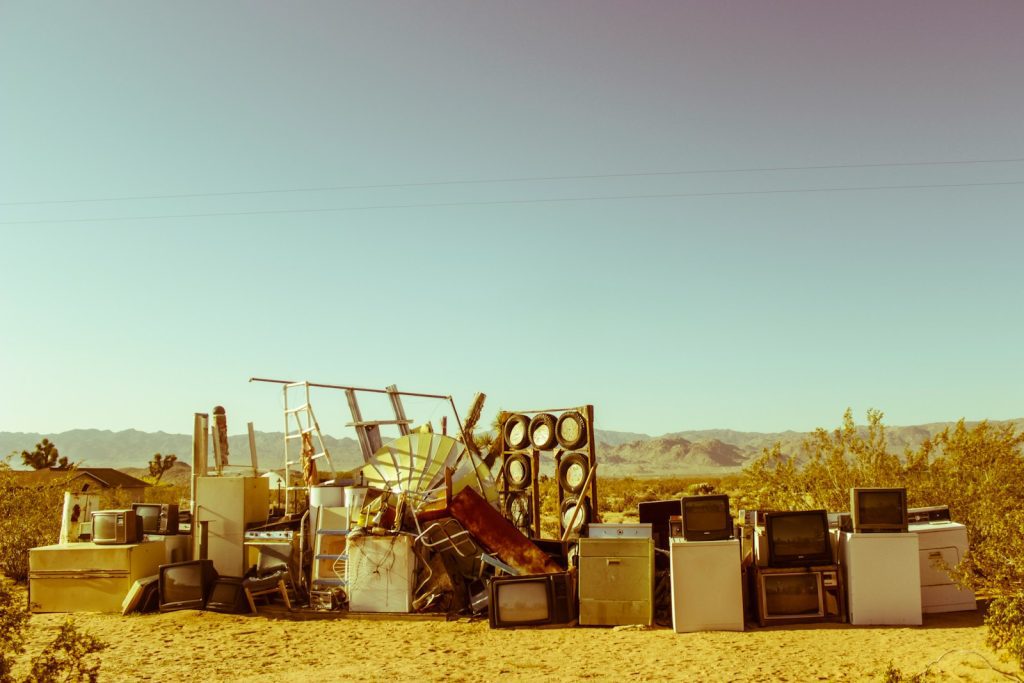Few things can stir up a sense of nostalgia as readily as a beautifully crafted piece of Murano art glass. Whether in the form of a playful clown or a graceful fish, these colorful creations can transport you back to a simpler time. But are these glass figures just kitschy souvenirs or are they valuable collector’s items?
The answer, as with most things in life, isn’t black and white. The value of Murano art glass depends on various factors, such as the piece’s age, condition, and rarity. But before we delve into this topic, remember that information shared in this article is based on real-world trends, expert insights, and trusted sources. So, let’s explore the fascinating world of Murano art glass.
1. The History of Murano Art Glass

The art of glassmaking in Murano, a series of islands in the Venetian lagoon, dates back to as early as the 8th century. It gained its peak popularity in the 1950s and 1960s when tourists flocked to the region and brought home these delightful souvenirs. These vintage pieces, if in good condition, can be quite valuable today. The history and collections at the Murano Glass Museum offer an excellent overview.
2. Recognizing Authentic Murano Glass
The first step in determining the value of a Murano art glass piece is to ensure it’s genuine. Authentic Murano glass is handmade and often contains tiny imperfections. Look for a signature or a sticker indicating it was made in Murano. The Vetro Artistico® Murano trademark (managed by Consorzio Promovetro) explains the official certification labels and how to verify authenticity.
3. The Value of Murano Glass Clowns
Murano glass clowns, with their vibrant colors and exaggerated features, are a popular collectible. Their value can range from $50 to several hundred dollars, depending on factors such as age, condition, and rarity. Some of the earlier models, particularly those dating back to the 1950s, can fetch higher prices at auction.
4. The Value of Murano Glass Fish

Murano glass fish are another favorite among collectors. These pieces can be quite intricate, with layers of color and detail that make each one unique. Similar to the clowns, the value of these pieces can vary greatly, with some fetching hundreds, or even thousands, of dollars. A review of recent auction results compiled by Barnebys shows the wide range of prices for these beautiful creations.
In conclusion, whether you consider Murano art glass to be kitsch or collector gold depends largely on your personal taste. However, there’s no denying that these pieces, with their rich history and craftsmanship, have a value that extends beyond their monetary worth. If you find enjoyment in these vibrant, whimsical pieces, then they are priceless in their own right.














